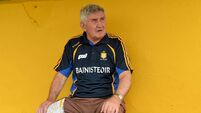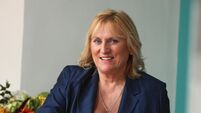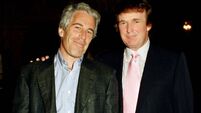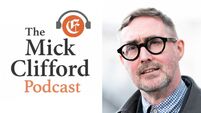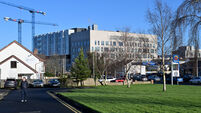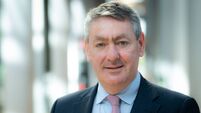Pope Francis: 1936 — 2025

Pope Francis attends the festival of families at Croke Park on 25 August , 2018 in Dublin, Ireland. Picture: Jeff J Mitchell/Getty Images
The pontificate of Jorge Mario Bergoglio - who has died aged 88 - was marked to a degree unknown in the modern history of the papacy by vitriolic criticism and bitter opposition at the highest levels of the Church.
This was true in the Vatican itself but also in right-wing Catholic circles in Italy, France, Germany and particularly in the United States. This opposition was driven in the main by deep-rooted distaste for the direction in which the Argentinian Pope was taking the Church.
Typical of this was the anonymous letter published in January 2023 after the death in Rome of Australian Cardinal George Pell criticising Francis’s papacy as a “disaster in many or most respects, a catastrophe”.
Pell, who had served for a time as the Vatican’s financial tsar, was revealed as the author of the letter which he had secretly circulated to all members of the College of Cardinals.
Then, just days after his death, a signed article by Pell appeared in the British magazine The Spectator in which he denounced the Vatican’s plans for its forthcoming “Synod on Synodality” as a “toxic nightmare”.
Even more worryingly, some of the Pope’s hardline opponents (in the manner of Donald Trump and his acolytes), pushed the theory that Francis was not a valid occupier of the Chair of Peter.
The opposition to Francis reached such an intensity that at one point, when the man who became the first Jesuit to be elected Pope, was asked by a confrere how he was doing, Francis replied: “Still alive, despite the fact that some wanted me dead”.
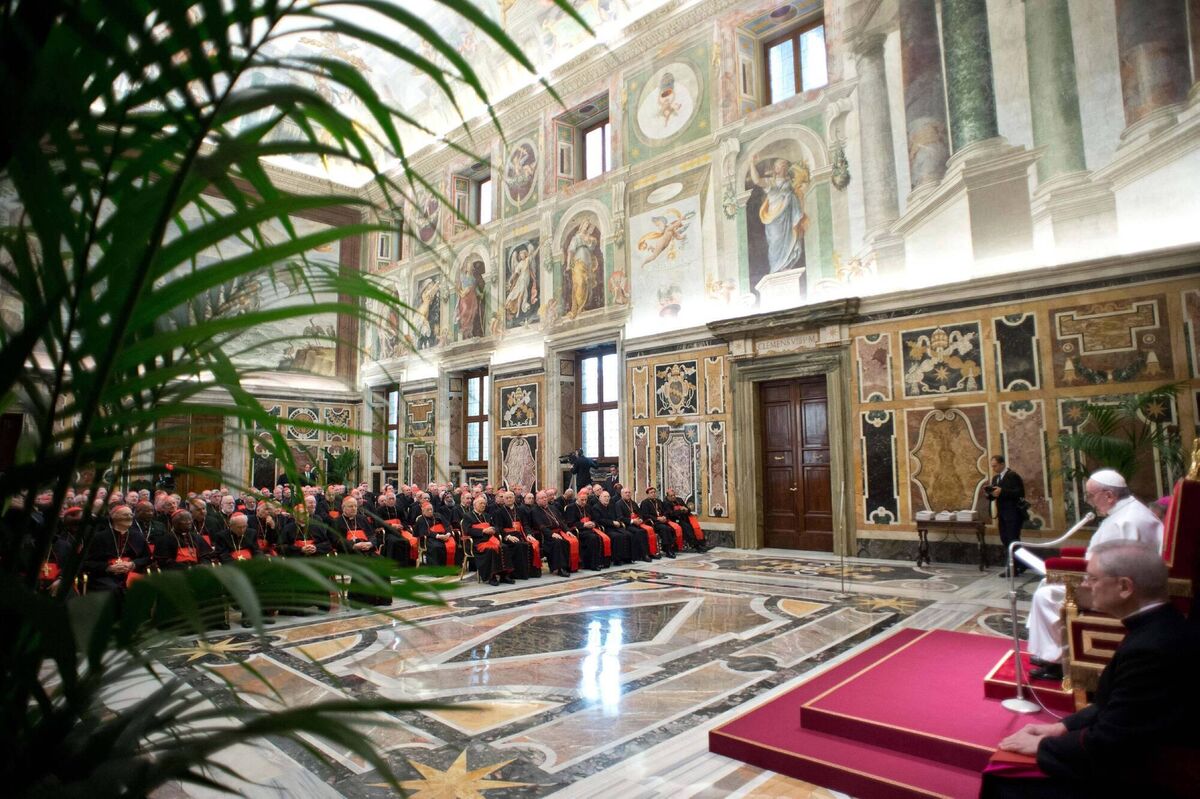
Well, now he is and already speculation is rife about who will be elected to succeed him at the forthcoming Conclave. And the key question facing the Cardinal-electors will be: Do we want a Pope who will continue with the policies of Francis?
The plotting and scheming to see that this will not happen began a long time ago. The desire for a return to the Church of John Paul II and Benedict XVI is very entrenched in some quarters. Powerful Cardinals want to see a return to a monarchical papacy, and a strengthening of centralised control.
When Jorge Mario Bergoglio was elected Pope in March 2013, an astute observer in Rome remembered the title of a 1949 book by theologian Paul Tillich - Shaking the Foundations - and predicted that this would be the effect of the pontificate of the Pope called Francis.
The foundations had been well and truly shaken once before during the Second Vatican Council (1962-65), but during the long pontificate of John Paul II and that of his successor Benedict XVI concerted efforts had been made to roll back the reforms of that Council, to sideline and undermine the Council’s vision of the Church as “the people of God”.
Francis came into his high office facing a situation where the 35 years of the heavily ideological combined Wojtyla and Ratzinger pontificates had left a legacy of a papacy that had become ever more absolutist and oppressive. Wojtyla and Ratzinger opposed any review of the Church’s outdated teaching on contraception, divorce, clerical celibacy and homosexuality.
Both Popes opposed women’s ordination, Wojtyla even declaring that the question was closed off from future discussion by bishops and theologians. Eschewing any commitment to collegiality (one of the main insights of Vatican II), they reduced the status of national episcopal conferences, and emasculated the Synod of Bishops, turning it into a papal rubber stamp.
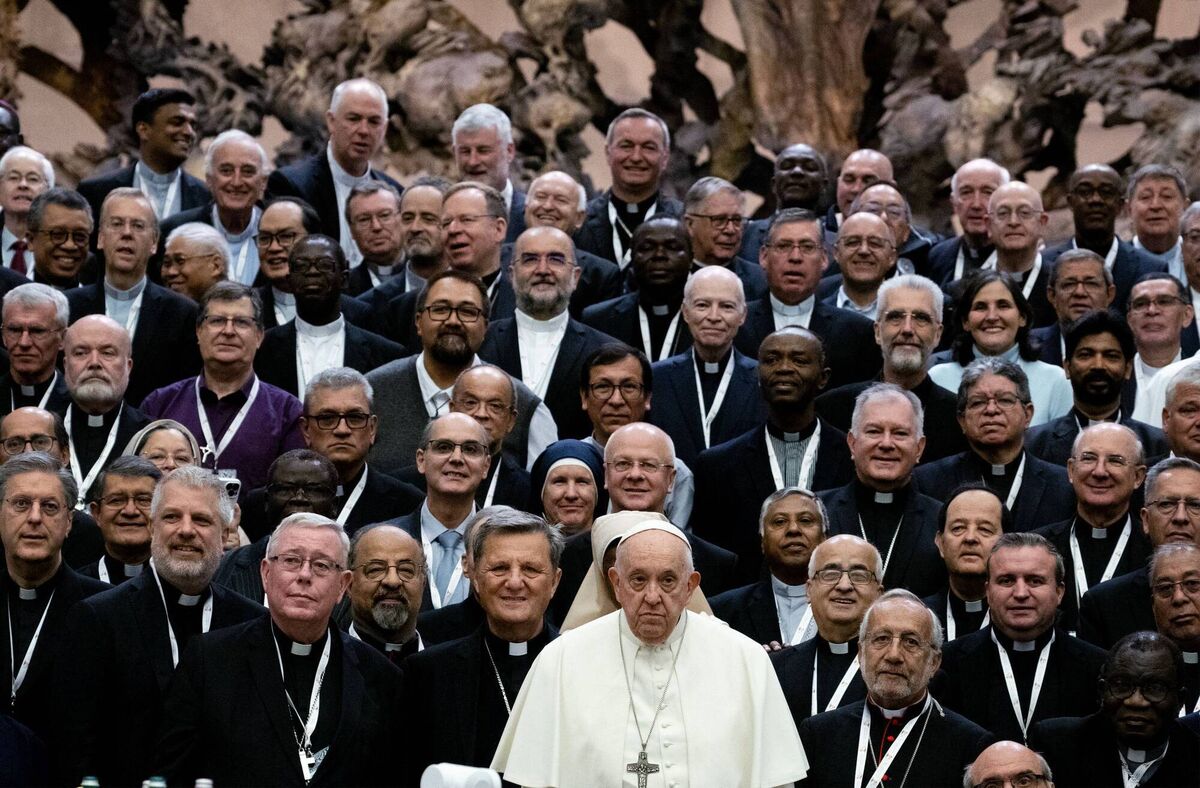
Compliance with this papal ideology, promoting an anti-Vatican II agenda, became the essential pre-requisite for the selection of bishops worldwide. The unprecedented presence of a second Pope in the Vatican since 2013 (when Benedict XVI sensationally abdicated) cast a shadow over the pontificate of Francis from the start.
Some of his enemies went so far as to proclaim that Benedict, even in retirement, was the “legitimate” Pope. It was part of a concerted campaign (though almost certainly without Benedict’s blessing) to undermine the pontificate of the Jesuit from Argentina.
Early biographies of Francis painted him in the colours of a radical reformer (Austen Ivereigh’s influential 2014 biography was called The Great Reformer: Francis and the Making of a Radical Pope). As things would turn out, he was neither a great reformer nor a radical Pope. This would lead our former President Mary McAleese to assert in 2020 - with some justification - that Pope Francis was “overhyped”. She described him as “a big disappointment” for those who had hoped he would reform the Church, in particular concerning women and clerical sex abuse.
From the outset, Pope Francis - the first Jesuit and the first south American to be elected as Bishop of Rome - made it clear that he was committed to the restoration and implementation of the vision of the Church shaped by Vatican II.
So how did he fare? How will history judge him? While some very good things have happened on his watch, it is also only fair to register some significant failings. One of his early biographers, writing a year after his election, described him in glowing terms and predicted that Francis would radically reshape and revitalise Catholicism. That prediction would need to be readjusted now.
In keeping with the spirit of Vatican II, he promoted the concept of synodality, opening the way for a more collegial Church. And by appointing an advisory group of nine Cardinals - C9 as they came to be known - he set a good example. He also in his writings stressed the importance of “mercy”, urging a Church that is less condemnatory and less judgemental. His famous reply to a question about homosexuality - “Who am I to judge?” - testified to this, though it horrified his critics of which by the time he died he had many, both inside and outside the Church.
His two greatest failing have been in relation to the scandal of clerical sex abuse, where action not words on the part of Rome were called for, and his seeming inability to comprehend the desire of women to participate more fully in the governance of the Church. He did however, in April 2013, hold out some hope of more inclusiveness in decision-making in the Church when he allowed women to vote for the first time in the Synod of Bishops scheduled for October that year. This gave five religious sisters voting rights in a body where the bulk of those with voting rights will still be bishops.
The plague of clerical sex abuse was always more extensive and pervasive than the Vatican was prepared to publicly acknowledge. Francis must bear a good deal of responsibility for this. Describing it as “a grave scandal” is one thing, but it was his inaction that proved so disappointing, and that angered many, not least the many victims of this rampant abuse.
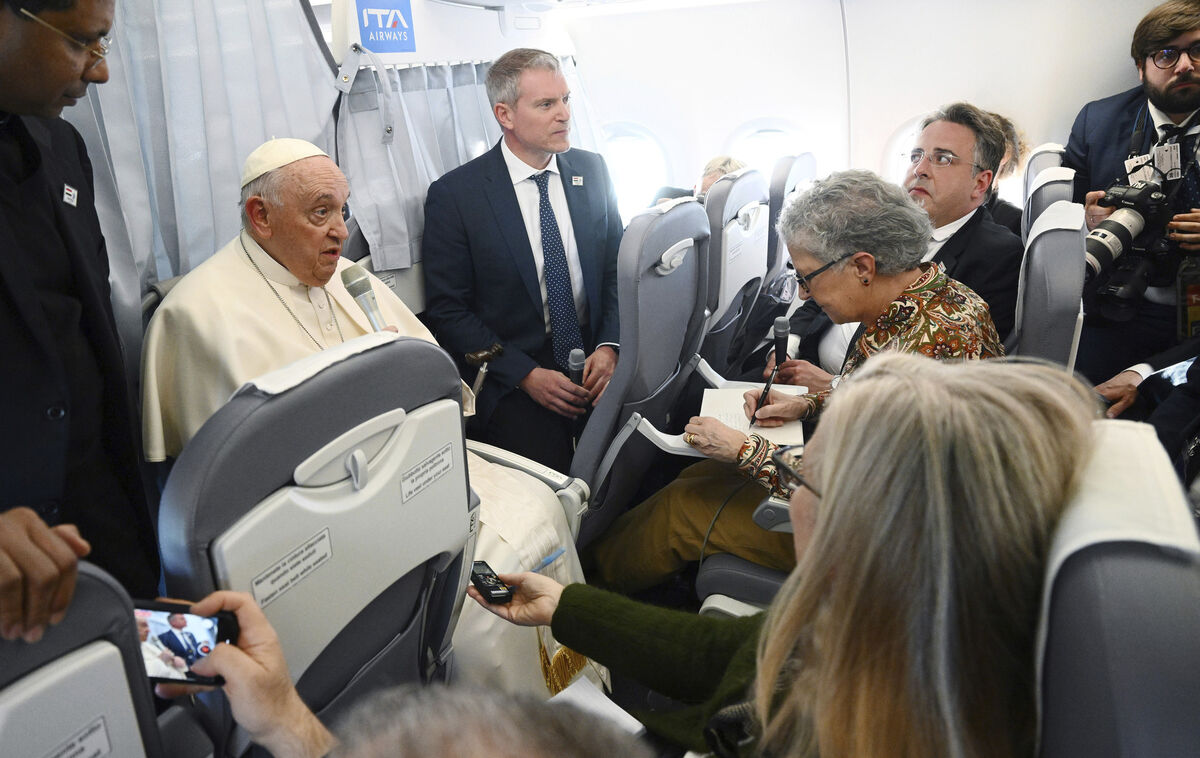
In his encyclicals, the most impressive of which, Fratelli Tutti (“All brothers and sisters”), was published in October 2020, he was very eloquent in his support for a “greener world”, warning that we are custodians of the Earth and have a duty to care for it. He also came to be seen as a scourge of globalised capitalism, which annoyed his detractors, especially those in the USA, and left him open to claims that he was too influenced by Marxism, charges he rejected. He insisted that his critique of capitalism was based on Catholic social teaching.
Those who have looked to him for reform, have been disappointed by his tendency to support initiatives in regard to the Church’s teaching on homosexuality (as in a documentary entitled Francesco, shown at the Rome film festival in late October 2020), and in regard to the admission of suitably qualified married men to the priesthood, only then to fail to follow through with formal measures.
This led even some of his most fervent admirers to admit that they found his behaviour very puzzling at times, citing the fact that, well into his papacy, it was not at all clear what he actually thought or wanted. For instance, he expressed his dislike of ecclesiastical titles redolent of a monarchical papacy - titles like “Your Eminence”, “Your Grace”, “My Lord” - and even “Your Holiness”. Yet they remain in use, and he did not move at all to abolish them.
More seriously, having declared early on that he wanted a Church that “would be poor and for the poor”, he continued the practice of foreign trips so beloved of John Paul II. In the latter case they embellished his narcissism - a quality he possessed in equal measure to Donald Trump. But it was thought that Francis would adopt another way of exercising his ministry, that he might take a road less travelled.
Alas, this did not happen. He continued with these trips, even though they achieved very little, were dreadfully expensive, and can even - as in the case of his visits to Chile and Myanmar - undermine his moral authority.
His two-day visit to Ireland in August 2018 turned out to be something of a damp squib, but a squib that left the Irish Church and the State with an estimated bill of €32 million. And for what? Yes, it did provide the then Taoiseach, Leo Varadkar, with an opportunity to call for a new covenant between Church and State. But that didn’t require the presence of the Pope.
And of course Francis cannot be blamed for the fact that his visit was overshadowed by the controversy sparked by the release of a letter from Cardinal Carlo Maria Vigano, a former papal nuncio in Washington DC, calling on Francis to resign over the scandal surrounding the former Archbishop of Washington, Cardinal Theodore McCarrick. He had been elevated to that post by John Paul II in 2000, and both he and Emeritus Pope Benedict XVI downplayed or dismissed reports that McCarrick had slept with seminarians. Francis eventually removed McCarrick from the priesthood and the Collage of Cardinals - but that whole sordid episode became the subject of a 400-page report in the Vatican. But no blame was apportioned, And few, knowing how the Roman Curia works, expected that to happen.
Back in August 2011, just prior to a visit to Madrid by Pope Benedict XVI, more than 100 priests from that city’s poorest parishes joined the clamour of protest over the cost of the papal visit, which had been estimated at €60 million. An umbrella group - the Priests’ Forum - pointedly objected to the multinationals with which the Spanish Church had had to ally itself to cover the cost of the ‘showmanship” of the event.
Benedict, to his credit, may not have indulged in “showmanship” to the extent so beloved of his Polish predecessor, but Francis, from the very first days of his papacy, presented himself as a “people’s Pope”, a man who took steps very early on to shed the trappings of a monarchical papacy. This was signalled by his refusal to reside in the medieval splendour of the papal apartments, settling instead for an apartment in a Vatican guesthouse. With this kind of beginning, many thought he would discontinue the practice of expensive, wasteful and very often pointless foreign travels. Something more and different was expected from Francis.
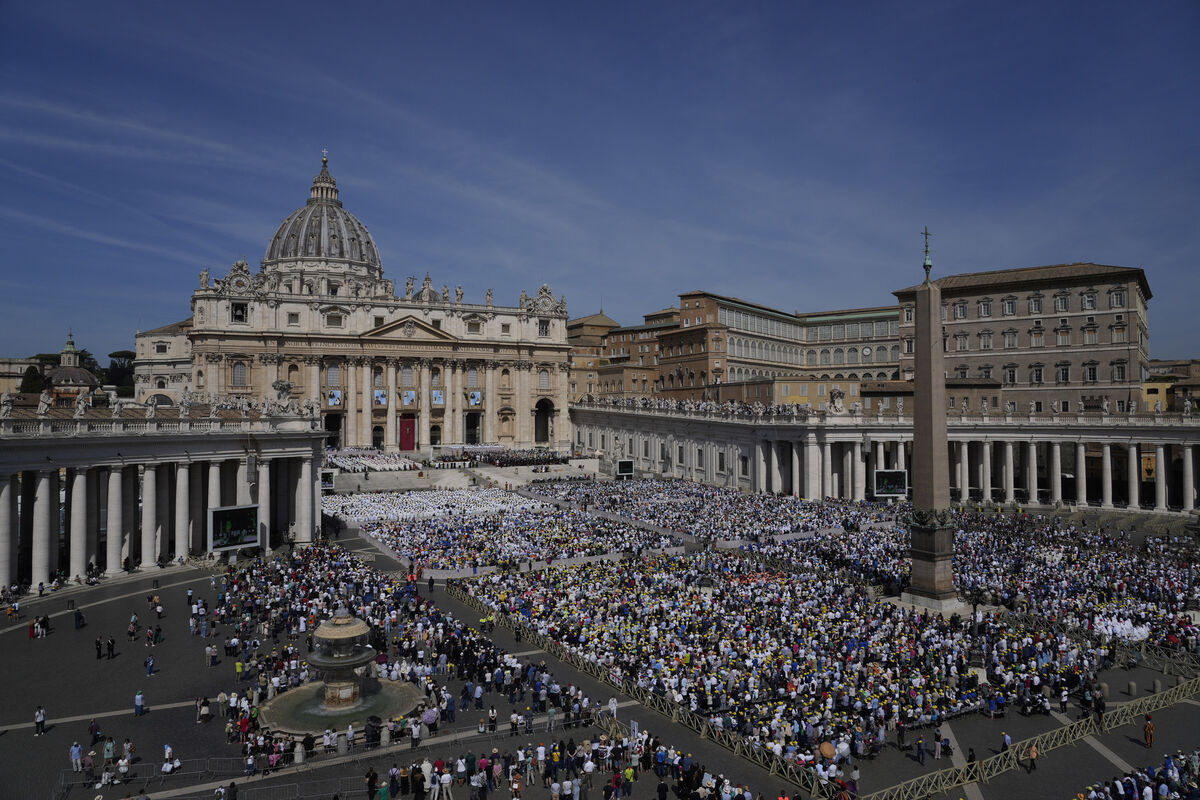
After the 2019 Synod on the Amazon, Francis published a post-synodal apostolic exhortation (“Beloved Amazonia”) which was an elegant reflection on the future of our planet, and a criticism of the exploitation of its poorest peoples. But disappointing in its view of the role of women and its rejection of admitting suitably qualified married men to the priesthood (one of the Synod’s key recommendation).
The place and role of women in the Church, especially in positions of governance, was from the beginning, one of Francis’s blind spots, and not even his appointment of six women to oversee the Vatican finances last August 2020 changed this assessment. The work of these women was blocked and frustrated by the male-dominated Roman Curia, and without papal support they could achieve precious little. Past experience suggested they would be left to fend for themselves. And that’s pretty much what happened.
Although quick to condemn clericalism and to express unease about male dominance, he was slow to act to rectify this. He could talk in lofty terms about the importance of women in the Church, yet when it came to their role in the Church he was decidedly old-fashioned, and he was steadfast in his dismissal of women’s ordination - not least because it would make them more “clerical”, and there was already in his view a surfeit of clericalism in the Church.
“It would be easy to walk away if the Catholic Church were entirely misogynist,” wrote Catherine Pepinster, former editor of the English Catholic weekly The Tablet, after the Pope’s post-synodal publication in 2019. “But its messages are mixed and confusing.”
And that was to become the hallmark of the pontificate of Jorge Mario Bergoglio. He remained in the end, as much as he was back in 2013, an enigma, in many ways the Pope of contradictions. And that made his papacy a disruptive one.
Lurking in the background all the time were questions about his behaviour during Argentina’s “dirty war”, when military death squads targeted innocent people - and priests: did he abandon some of the latter who held left-wing views? That suspicion was never properly addressed.
His great initiative - and the one that more than anything else defined his papacy - was his determination to create a more synodal model of the Church.
In September 2021, Massimo Faggioli, professor of theology at Notre Dame University, said Francis’s legacy was likely to be determined by the success or failure of his efforts to engage the entire Church in synodality.
This came to be seen as the equivalent of a referendum on Francis’s pontificate; many bishops were not persuaded or won over by the Pope’s belief that a synodal Church was necessary to meet the challenges of the 21st century.
Thus far the jury is still out. But will his successor have the same commitment to a synodal Church, a Church reviving and implementing the reforms of Vatican II? That’s a central question as we await the Conclave.
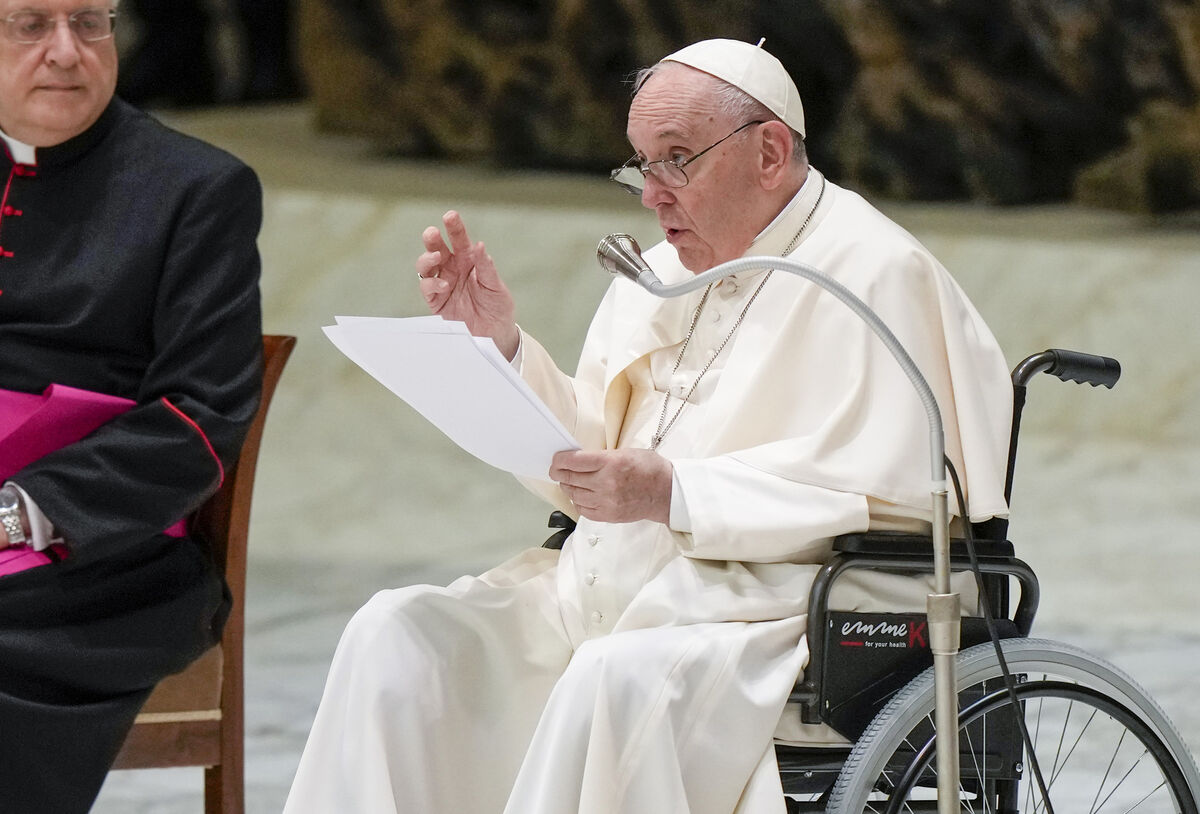
In July 2021 he underwent major intestinal surgery, and afterwards he showed no signs of slowing down. Later he took to using a wheelchair more and more, because of problems with his knee. But then in December 2022, he revealed that, shortly after becoming Pope, he had signed a letter of resignation which was handed to the then Secretary of State, Cardinal Tarcisio Bertone. He said afterwards that he would resign if he ever became incapacitated.
More than any other Pope in modern times, he spoke frequently and freely to the media, but in these impromptu sessions he often promised more than he did deliver, or could deliver. This contributed to the image of him as an enigmatic Pope, an image that persisted right to the end.
He staked the future of the Church on the implementation of “synodality” throughout the global Catholic community. The roots of the synodal process can be found in the concept of “collegiality” which was one of the central insights of Vatican II. However, the Synod on Synodality, which concluded in October 2014, proved to be a big disappointment, failing to take a position on the ordination of women to the diaconate.
The synodal path promoted by Francis was, at one level, a way of showing that the Church isn’t the private property of the bishops. That notion should have been discarded when Vatican II redefined the Church as “the people of God”, but the return to a hierarchical and pyramidal concept was facilitated during the pontificates of John Paul II and Benedict XVI, both of whom pursued an anti-Vatican II agenda. The next conclave will have to decide which model of the Church it favours, and choose a successor to Jorge Mario Bergoglio accordingly, perhaps also redefining the Papacy in the process.



